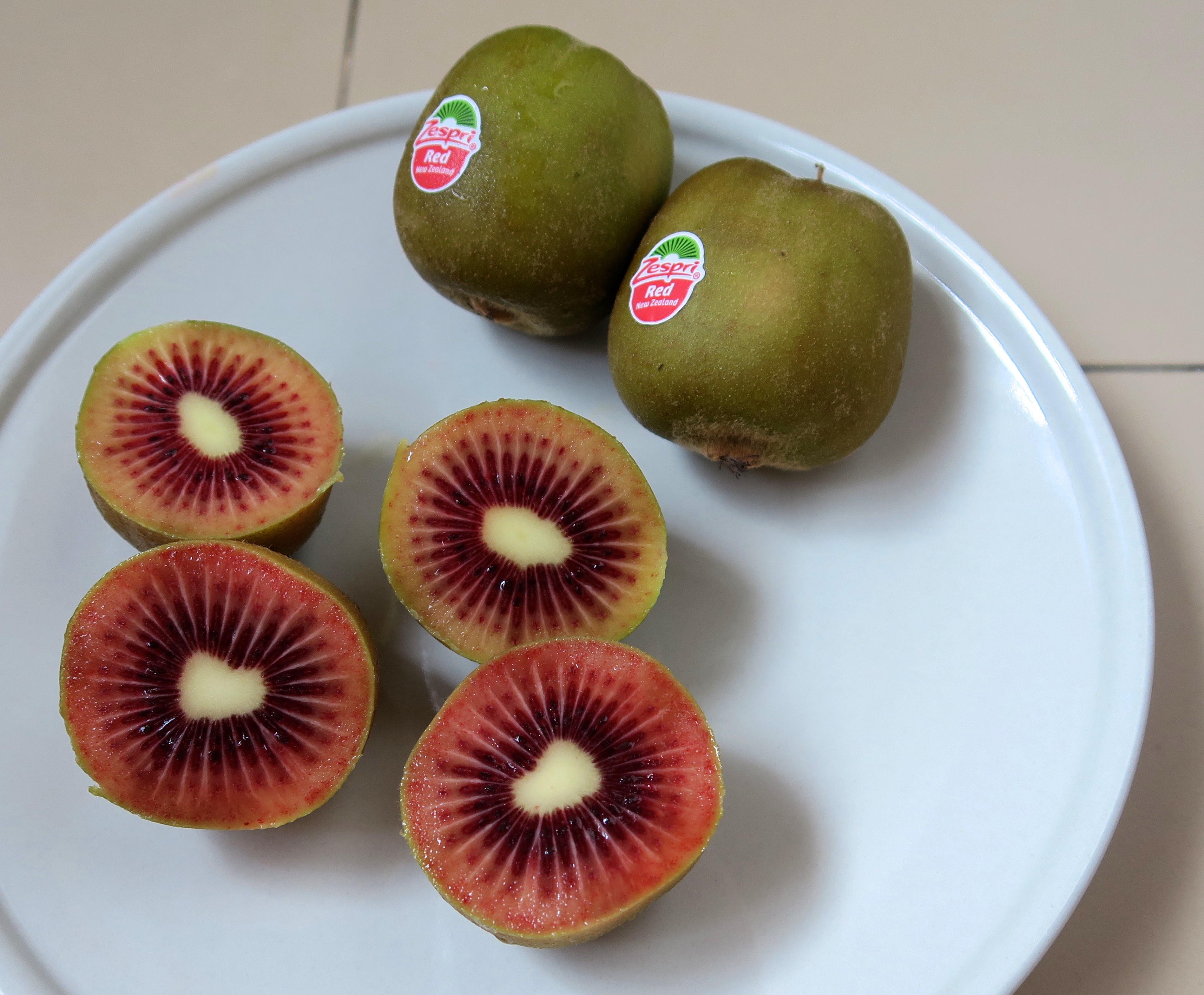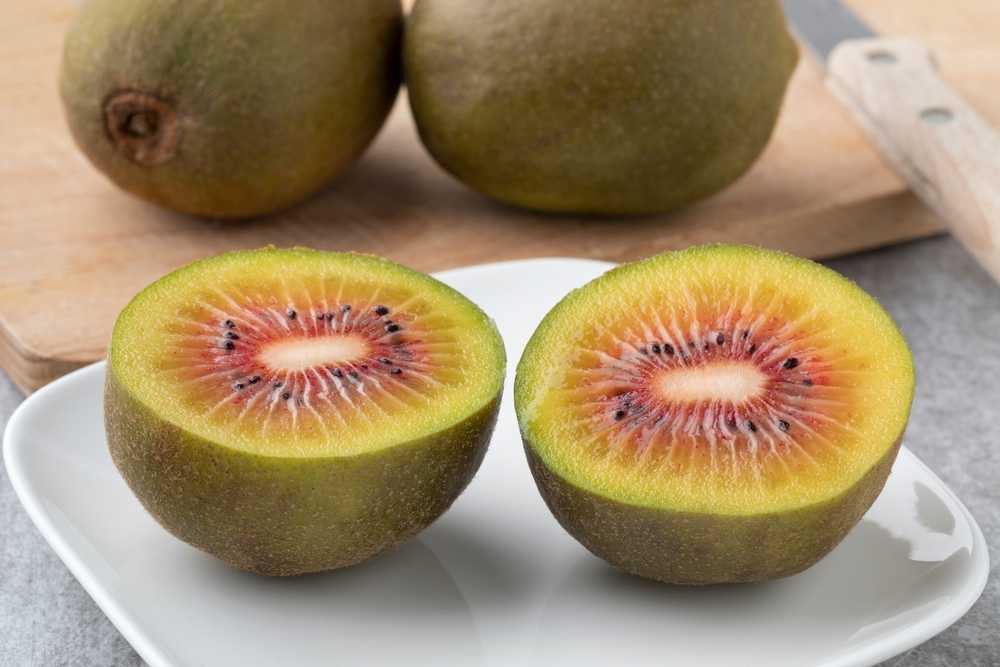A Deep Dive Into Kiwi Growing: Introducing the Strategies, Obstacles, and Prospective for Lasting Farming
Are you thinking about the tricks behind successful kiwi growing? Look no more! In this short article, we will take you on a deep dive into the techniques, obstacles, and possibility for lasting farming on the planet of kiwis. Discover the ideal growing problems, sophisticated farming methods, and the sustainable practices that can open the complete capacity of kiwi farming. Get all set to reveal the concealed understanding that will change your kiwi farming ventures.
Optimal Expanding Conditions for Kiwi Plants

Cutting-Edge Cultivation Methods
To maximize kiwi farming, use advanced methods that improve productivity and sustainability. One such strategy is accuracy farming, which utilizes advanced innovations like drones, GPS, and remote noticing to keep an eye on and manage crops extra effectively. Drones outfitted with multispectral cams can record high-resolution images of kiwi plants, making it possible for farmers to assess their health and wellness and find any indications of illness or anxiety. General practitioner modern technology enables exact mapping and tracking of the kiwi vines, optimizing watering and fertilizing techniques to ensure that each plant obtains the needed nutrients and water. Another sophisticated technique is upright farming, which entails expanding kiwi plants in piled layers making use of artificial lights and climate-controlled settings. This method makes the most of land use performance and decreases water usage, making it perfect for urban locations or regions with restricted cultivatable land. Furthermore, hydroponics and aeroponics systems are obtaining popularity in kiwi farming. These soilless growing approaches offer plants with a nutrient-rich option or mist, respectively, advertising faster development and higher returns. By accepting these cutting-edge techniques, kiwi farmers can accomplish greater performance, optimize resource usage, and add to lasting farming practices.
Difficulties Faced by Kiwi Farmers
Facing various difficulties, kiwi farmers have to navigate via various barriers to make sure successful growing and sustainable farming methods. Among the significant difficulties they encounter is climate irregularity. Kiwi plants call for a specific climate to prosper, with amazing wintertimes and warm summertimes. Unforeseeable weather condition patterns, such as extreme temperature levels, frost, and drought, can disrupt the development and development of kiwi plants. Farmers need to continuously monitor climate projections and implement approaches like irrigation, frost protection, and color cloth to minimize the unfavorable effects of environment variability.
Another considerable obstacle for kiwi farmers is diseases and bugs. Kiwi creeping plants are susceptible to a variety of parasites, including mites, aphids, and thrips, which can damage the leaves and fruit. In addition, diseases like Psa read review (Pseudomonas syringae pv. actinidiae) and botrytis can badly impact kiwi production. Farmers need to use incorporated parasite management methods, such as routine surveillance, organic control approaches, and proper cleanliness, to take care of and protect against pest and disease break outs.
Moreover, kiwi farmers encounter labor and labor price concerns. Kiwi farming calls for labor-intensive tasks, such as trellising, harvesting, and pruning. Locating knowledgeable workers who are well-informed about kiwi farming techniques can be tough. Labor expenses can be high, especially throughout peak periods. Farmers need to purchase training programs, automation, and efficient labor management approaches to maximize performance and lower top article labor costs.
Lasting Farming Practices for Kiwi Growing

To make sure lasting kiwi cultivation, you can execute a variety of methods that advertise environmental stewardship and long-lasting feasibility of your ranch. One crucial technique is making use of natural plant foods and parasite monitoring strategies. By staying clear of artificial chemicals and rather selecting all-natural options, you can decrease the adverse effect on dirt health and wellness and biodiversity. Furthermore, it is important to practice responsible water management. Kiwi plants require a substantial quantity of water, yet extreme irrigation can result in water waste and soil disintegration. Applying effective irrigation systems, such as drip watering or accuracy lawn sprinklers, can help conserve water and maximize its use. One more sustainable farming technique is the usage of cover crops. These crops not just aid stop soil disintegration however likewise improve dirt fertility by adding raw material and taking care of nitrogen. Applying incorporated insect monitoring methods can considerably lower the requirement for chemical pesticides. By urging natural killers, utilizing pheromone catches, and practicing plant rotation, you can properly control parasites while reducing ecological damage. Ultimately, embracing lasting energy techniques, such as utilizing solar power or investing in energy-efficient modern technologies, can reduce your ranch's carbon footprint and add to an extra sustainable kiwi farming system.
Unlocking the Prospective of Kiwi Farming
By carrying out lasting farming techniques, you can open the complete potential additional info of kiwi farming while reducing ecological effect. Kiwi farming has tremendous possibility for development and productivity, yet it also comes with its own collection of challenges. To fully unlock this potential, it is important to embrace sustainable methods that not only optimize return and high quality however likewise make sure long-lasting feasibility.
One secret aspect of unlocking the potential of kiwi farming is maximizing irrigation techniques - what do kiwis taste like. Kiwi plants call for a certain amount of water to flourish, and by utilizing efficient watering systems such as drip watering or precision sprinklers, you can minimize water wastefulness and lower the danger of waterlogging or soil erosion
An additional crucial aspect is soil health monitoring. Healthy and balanced and productive dirt is vital for the growth and growth of kiwi plants. By carrying out practices such as cover chopping, plant rotation, and natural fertilization, you can boost dirt structure, boost nutrition availability, and decrease the requirement for chemical inputs.
Additionally, incorporated insect management (IPM) methods are important in unlocking the capacity of kiwi farming. By taking on IPM methods such as biological bug control, pheromone catches, and crop surveillance, you can successfully manage parasites and diseases while decreasing making use of chemical pesticides.
Verdict
In conclusion, kiwi cultivation holds excellent possible for sustainable farming methods. With ideal expanding problems and an emphasis on sustainable practices, kiwi farming can prosper while decreasing ecological impact.
Discover the optimal growing conditions, innovative growing techniques, and the sustainable methods that can unlock the complete capacity of kiwi farming. By welcoming these sophisticated techniques, kiwi farmers can achieve greater productivity, enhance source application, and add to lasting farming techniques.
Encountering numerous challenges, kiwi farmers must navigate through various obstacles to guarantee successful cultivation and sustainable farming practices.By implementing lasting farming techniques, you can open the full capacity of kiwi farming while decreasing ecological influence.In final thought, kiwi growing holds terrific prospective for sustainable farming practices.
Comments on “Kiwis Unmasked: What Do Kiwis Taste Like and A lot more”